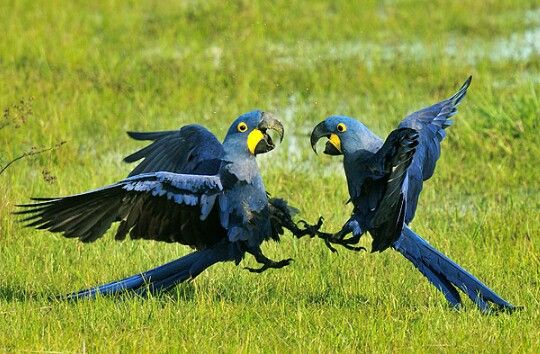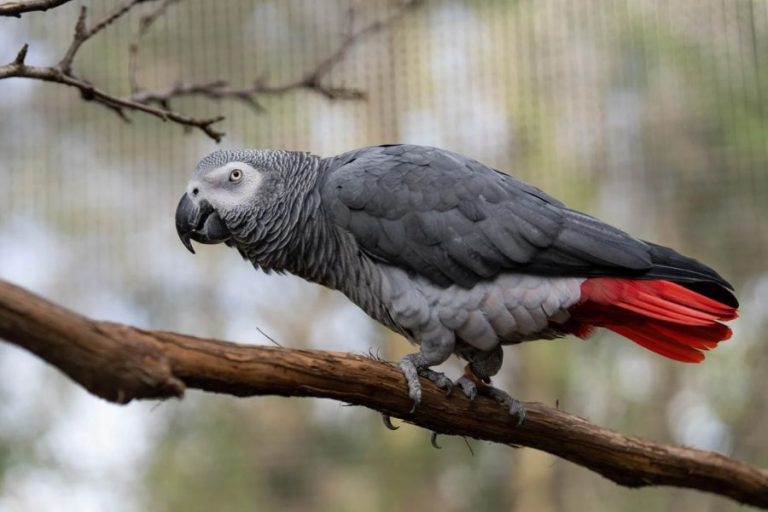The Rainbow Beak of the Rainforest: The Keel-billed Toucan
In the misty canopy of a Central American rainforest, a strange yet enchanting figure appears. A large bird hops among the branches, its body cloaked in black, its chest glowing lemon-yellow, and its oversized bill painted in wild strokes of green, orange, blue, and crimson. This is the Keel-billed Toucan (Ramphastos sulfuratus), one of nature’s most flamboyant creations and a true symbol of the tropics.
A Rainbow in Flight
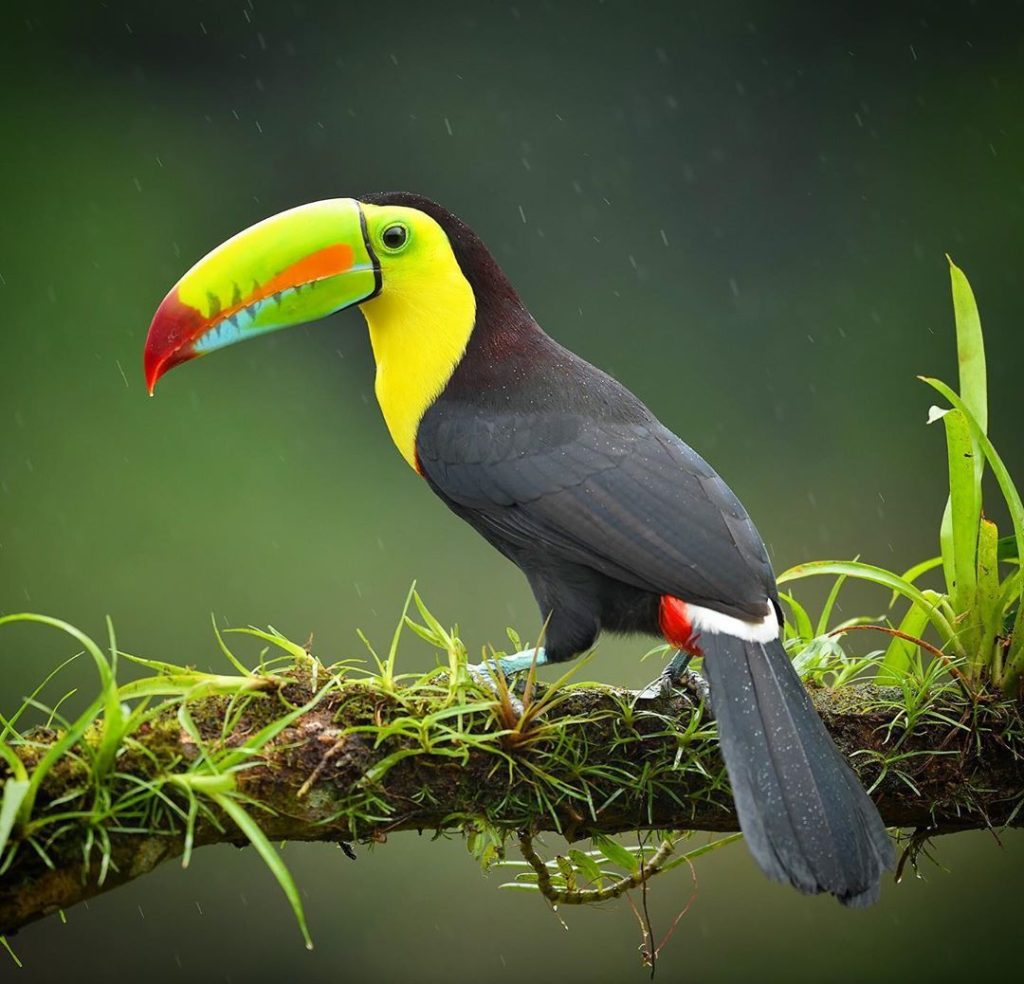
The most striking feature of this toucan is, of course, its bill—a brilliant rainbow arc that can reach nearly 20 centimeters long. Despite its size, the bill is lightweight, made of spongy keratin supported by thin bone. It serves many purposes: reaching fruit, tossing food into the air, intimidating rivals, and even helping regulate body temperature. The rest of the bird is no less dramatic: its body cloaked in glossy black, throat and breast glowing yellow with a splash of red at the base, and tail tipped in white. Both males and females share this vibrant attire, with only slight differences in size.
Canopy Acrobat
Keel-billed Toucans live from southern Mexico to northern Colombia, preferring humid lowland forests. They are social creatures, often moving in small flocks through the treetops, hopping from branch to branch rather than flying long distances. Their diet is mostly fruit, but they will also eat insects, small lizards, and even bird eggs. With their playful nature, they often engage in “bill fencing,” tossing fruit or sparring gently with each other. Their call—a frog-like croak, rrrahk-rrrahk—echoes through the forest, adding a comical soundtrack to their colorful presence.
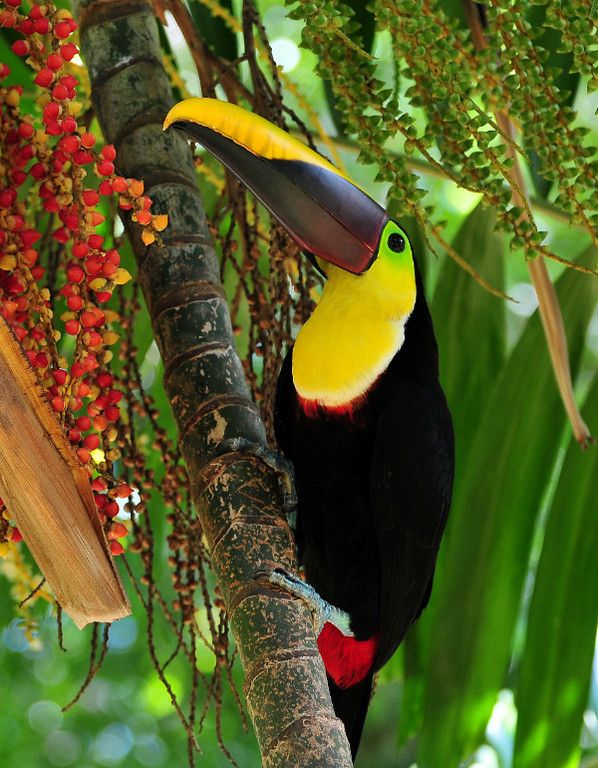
Family Life in the Trees
Breeding pairs choose tree cavities for nesting, often reusing old woodpecker holes. Inside the dark hollow, the female lays 2–4 eggs, which both parents incubate. Once hatched, the chicks remain in the nest for nearly two months, fed diligently by both parents. At night, the whole family squeezes into the cavity, tucking their long bills and tails to fit—an endearing reminder of their close bonds.
Symbol of the Tropics
To local communities, the Keel-billed Toucan has long been a familiar figure. Today, it serves as the national bird of Belize, symbolizing the vibrancy and resilience of the rainforest. Its rainbow beak has made it an icon far beyond its native forests, appearing in logos, artwork, and even popular culture as an emblem of tropical joy.
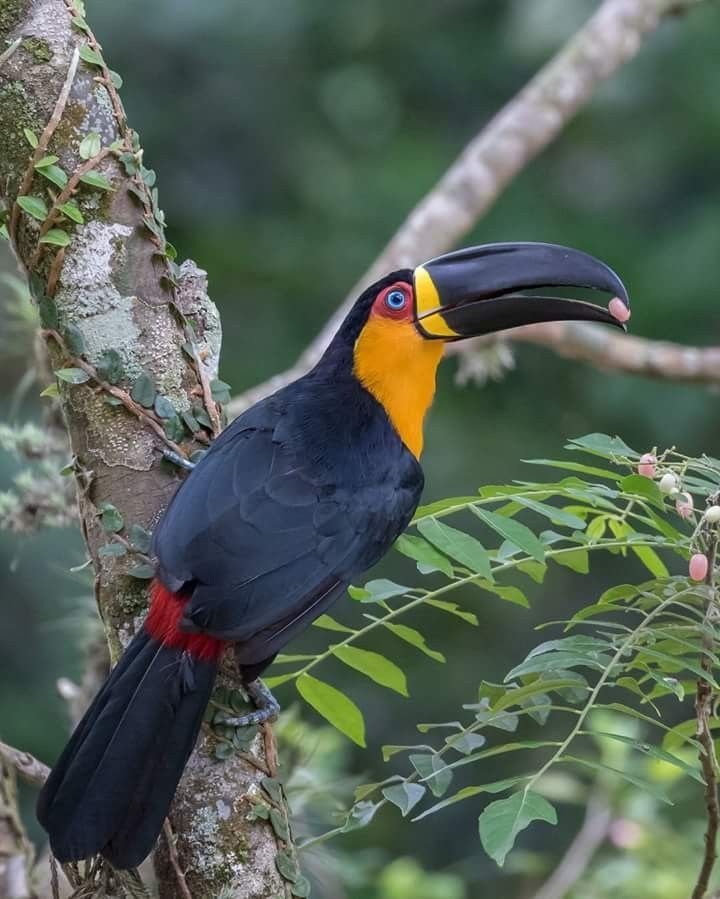
Fragile Colors
Although still listed as Least Concern, the Keel-billed Toucan faces threats from deforestation and illegal pet trade. Loss of mature forests limits their nesting sites, while their striking appearance makes them targets for capture. Conservation projects across Central America focus on protecting habitats and educating communities to ensure that these living rainbows continue to brighten the canopy skies.
A Closing Reflection
To see a Keel-billed Toucan perched high in a rainforest tree is to witness joy made feathered. Its outrageous bill, playful behavior, and lively calls transform the forest into a carnival of sound and color. In its rainbow beak, the toucan carries a message: that the natural world is full of wonder, and that its brightest treasures deserve our protection.

